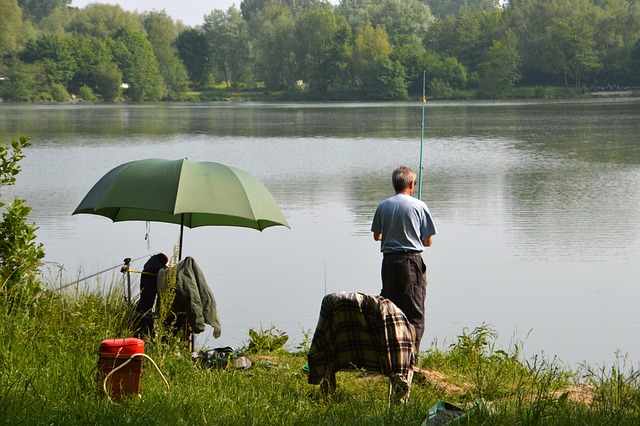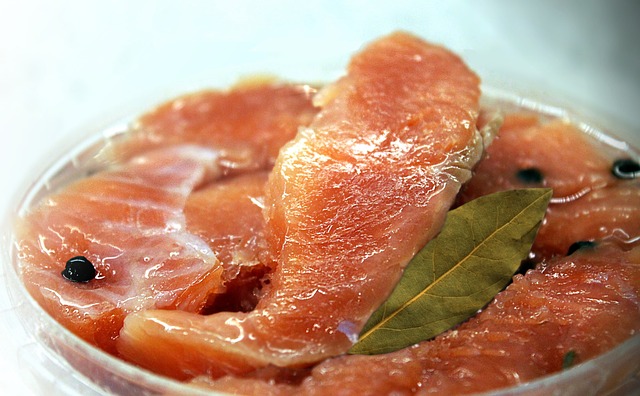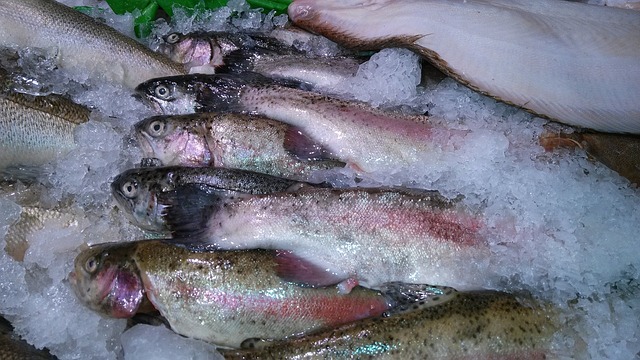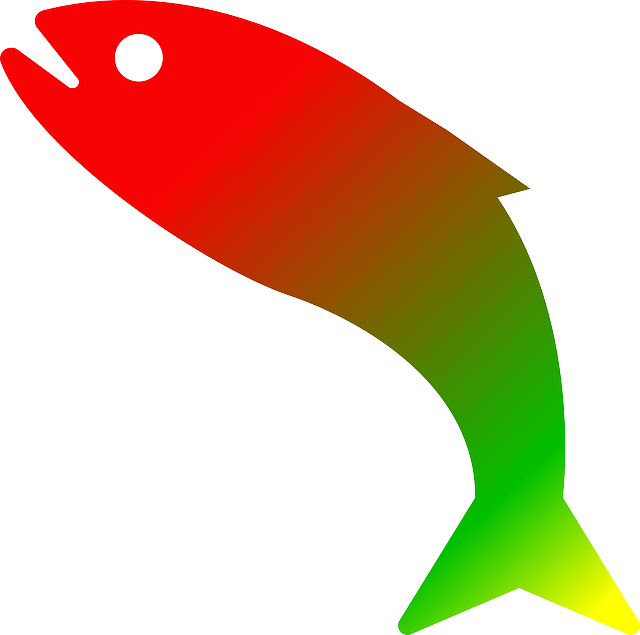To catch trout successfully, understand their habitat preferences: cool, clear water with steady flow in rocky/gravelly streams and rivers (57°F-68°F). Ideal conditions include clear water for plant growth, gravel/rocky bottoms for shelter, and submerged vegetation/overhanging branches for hiding spots. Match the hatch and use suitable gear, baits, and techniques tailored to each habitat.
Uncover the secrets behind catching trout with our comprehensive guide to their habitat science. Learn how understanding trout behavior and preferences can lead you to the perfect fishing spots. From water temperature and depth to shelter and food sources, this article explores the ideal environmental conditions that make up a thriving trout habitat. Master the art of locating these elusive creatures and elevate your catching success today!
- Understanding Trout Behavior and Preferences
- Identifying Ideal Environmental Conditions for Trout Habitats
Understanding Trout Behavior and Preferences
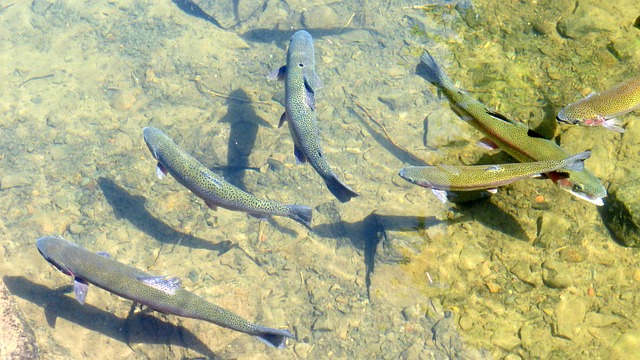
Understanding the behavior and preferences of trout is key to successful catching. These fish are highly adaptive, but they do have specific habitat requirements that anglers should be aware of. Trout often prefer cool, clear water with a steady flow, such as streams and rivers with rocky or gravelly bottoms. They seek cover from predators and obstacles like fallen trees or rocks, making these areas prime hunting grounds.
Trout are also selective in their feeding habits. They rely on a variety of prey, including insects, small fish, and crustaceans. Anglers can effectively target trout by matching the hatch—identifying and imitating the type of insect life present in the water. By understanding these behaviors, anglers can increase their chances of catching trout by choosing the right gear, baits, and techniques tailored to each unique habitat.
Identifying Ideal Environmental Conditions for Trout Habitats
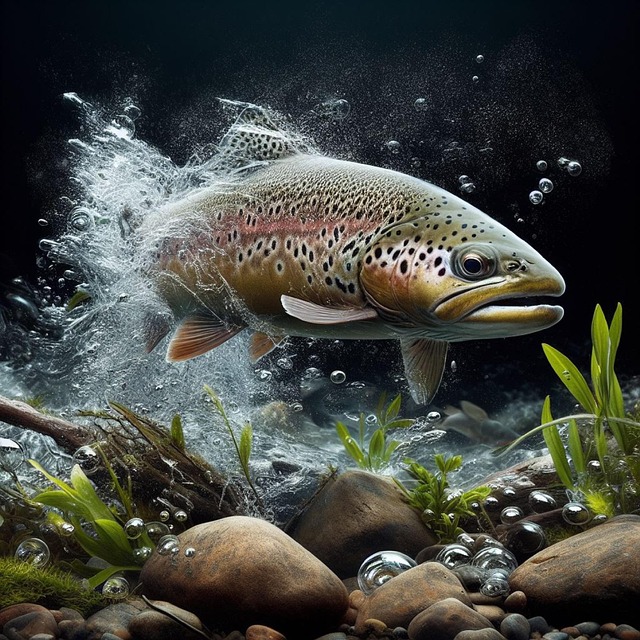
Identifying the ideal environmental conditions is key to understanding where to find trout. These fish thrive in cold, clean, and well-oxygenated waters, typically found in rivers, streams, and alpine lakes. The water temperature plays a crucial role; most species of trout prefer temperatures between 57°F and 68°F (14°C – 20°C), though some can tolerate slightly warmer or colder conditions. Clear water is essential for their survival as it allows sufficient light penetration for plant growth, which provides cover and food sources. Additionally, a steady flow of water ensures optimal oxygen levels and helps prevent stagnation, which can lead to poor water quality and diseases.
When searching for the perfect trout habitat, look for areas with gravel or rocky bottoms, as these provide numerous crevices and shelter for the fish. The presence of submerged vegetation and overhanging branches also creates ideal hiding spots and encourages insect life, a primary food source for trout. These environmental factors combined make a river or stream particularly attractive for catching trout, as they offer both refuge and abundant food opportunities for these eager anglers’ targets.
Understanding the science behind trout habitats is key to successful catching trout. By gauging their behavior, preferences, and ideal environmental conditions, anglers can strategically target these magnificent creatures in their natural settings. Whether you’re a seasoned pro or a novice fisher, leveraging this knowledge ensures more memorable fishing trips and increased chances of reeling in a trophy. So, armed with this newfound insight into trout habitats, get out there, embrace the challenge, and enjoy the thrill of catching these remarkable fish!
